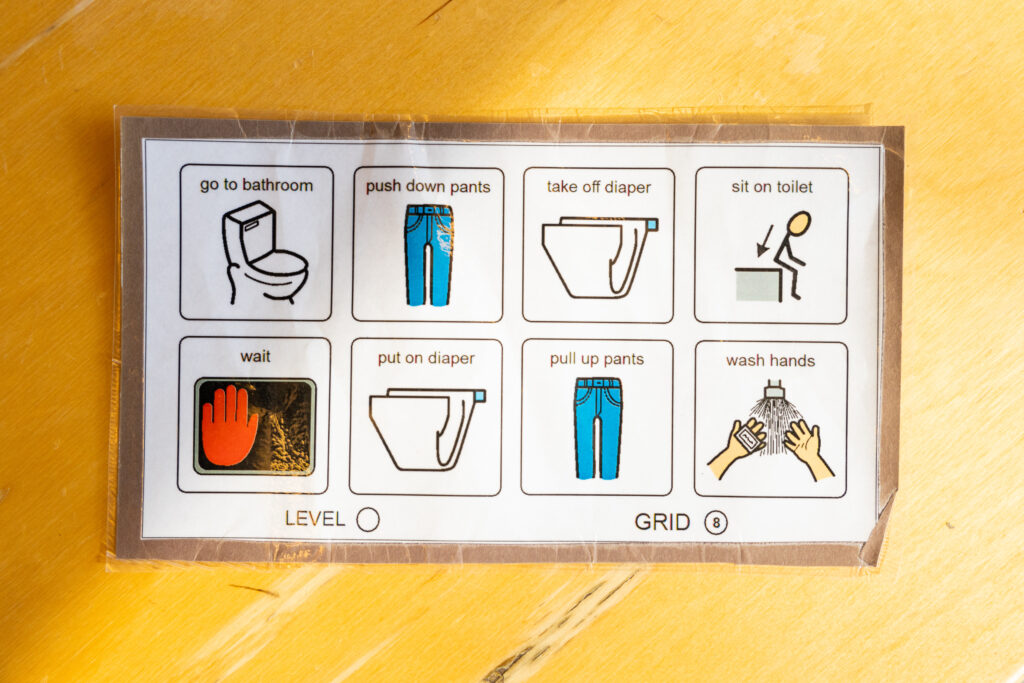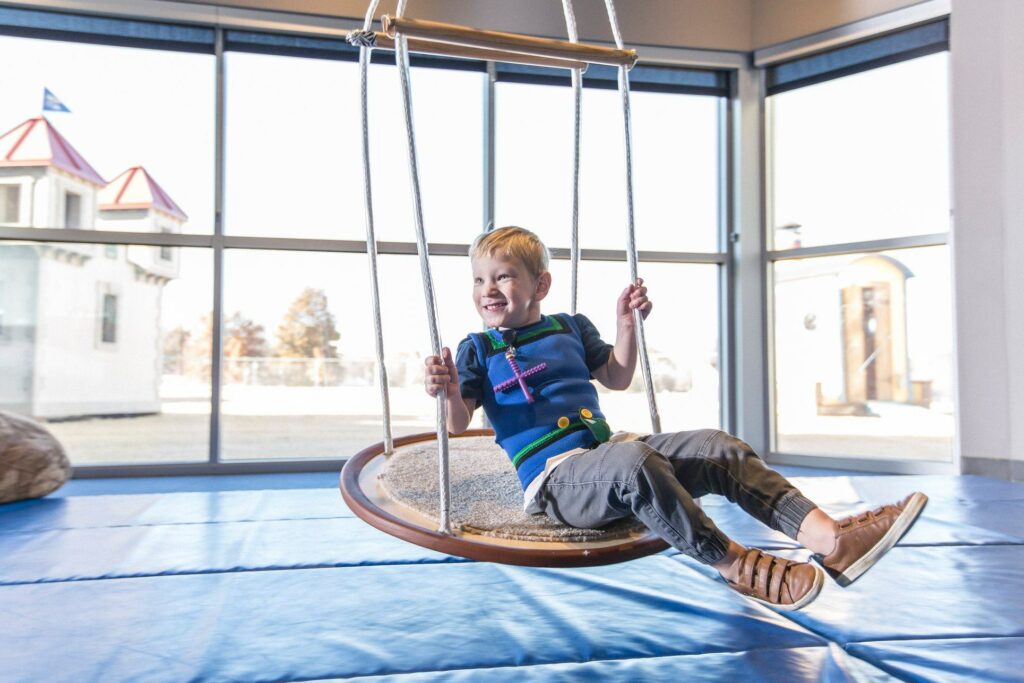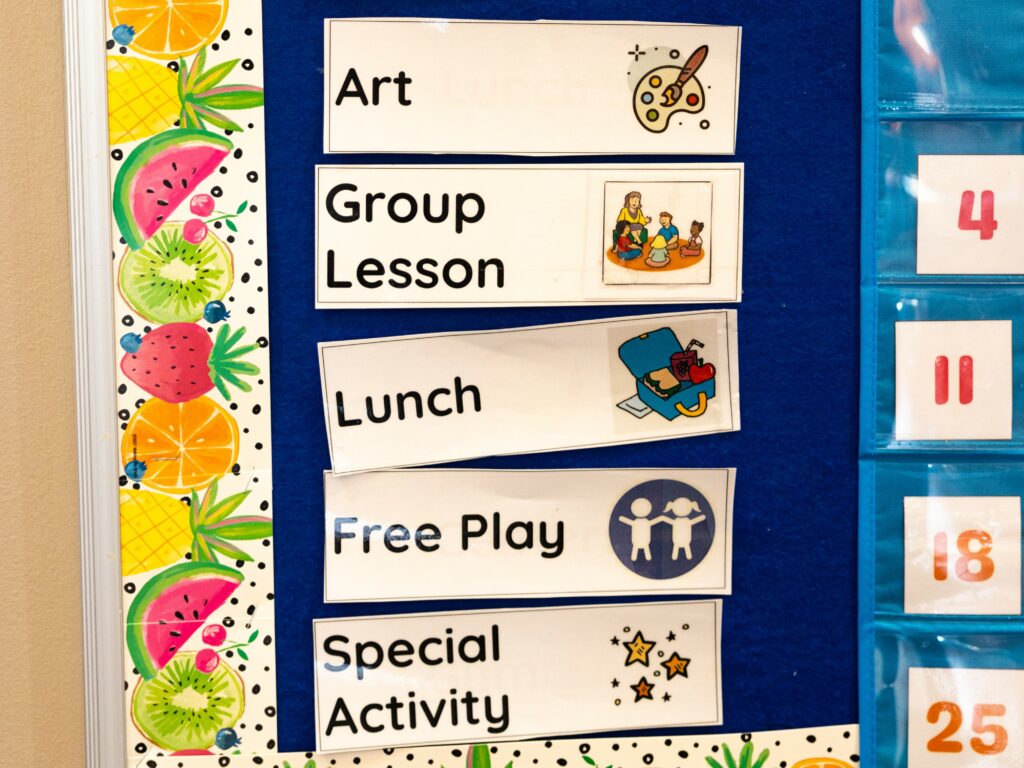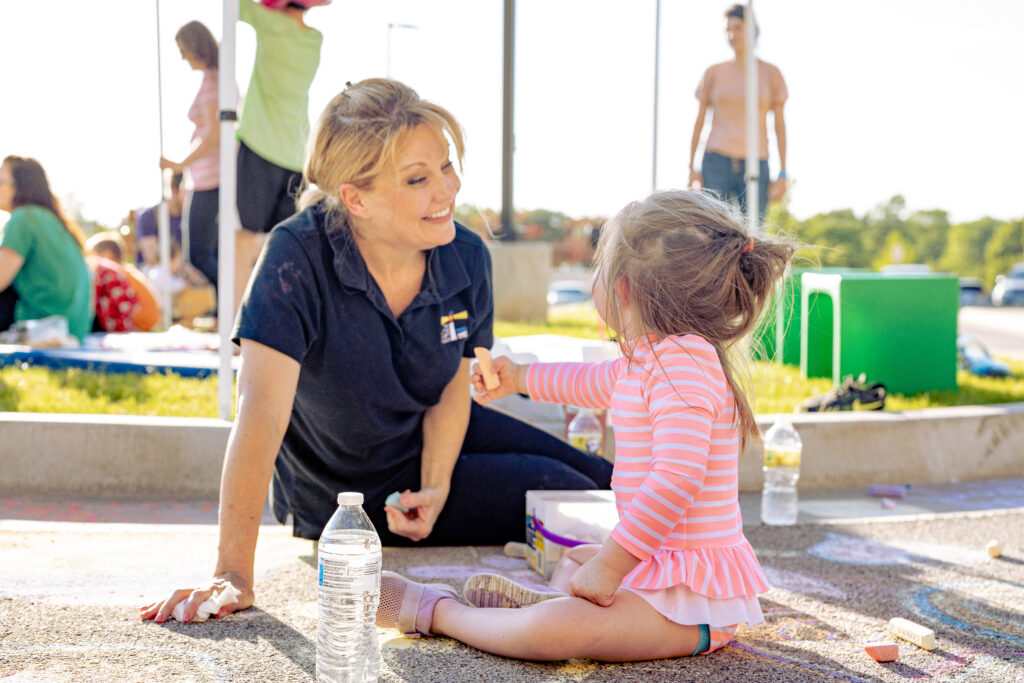At Little Light House, we believe in a world where ALL children feel valued and included, and it starts with their community, church, and school! Creating an inclusive environment doesn’t have to be hard!
These key components will help meet the needs of every child!

Visual Supports
Visual supports are pictures, drawings, or other graphics that increase student engagement, communication, and understanding. Visual schedules, mini-schedules, behavior expectations, visuals of emotional regulation tools, and academic references are some of our favorites at Little Light House!

Sensory Tools
Sensory tools are any tool or device that helps a child more effectively process their senses. Chewable jewelry, fidget toys, weighted blankets, therapy swings, noise-cancelling headphones, and so many more items can aid sensory processing!

Routines
Routines help children understand what to expect throughout or during a certain part of their day. Routines help children feel safe and secure in their environment which fosters their emotional well-being and supports overall development. Routines and predictability can even reduce behavioral outbursts!

Love every child for who they are!
Meet each child where they are and love them for who they are. When children feel loved, safe, and secure, they have higher self-esteem, more resilience, and less challenging behaviors. Jesus said, “Let the little children come to me, and do not hinder them, for the kingdom of heaven belongs to such as these.“ Matthew 19:14
To learn more about specific classroom adaptations, enroll in our FREE Little Light House Academy Course,
Designing an Inclusive Classroom!
